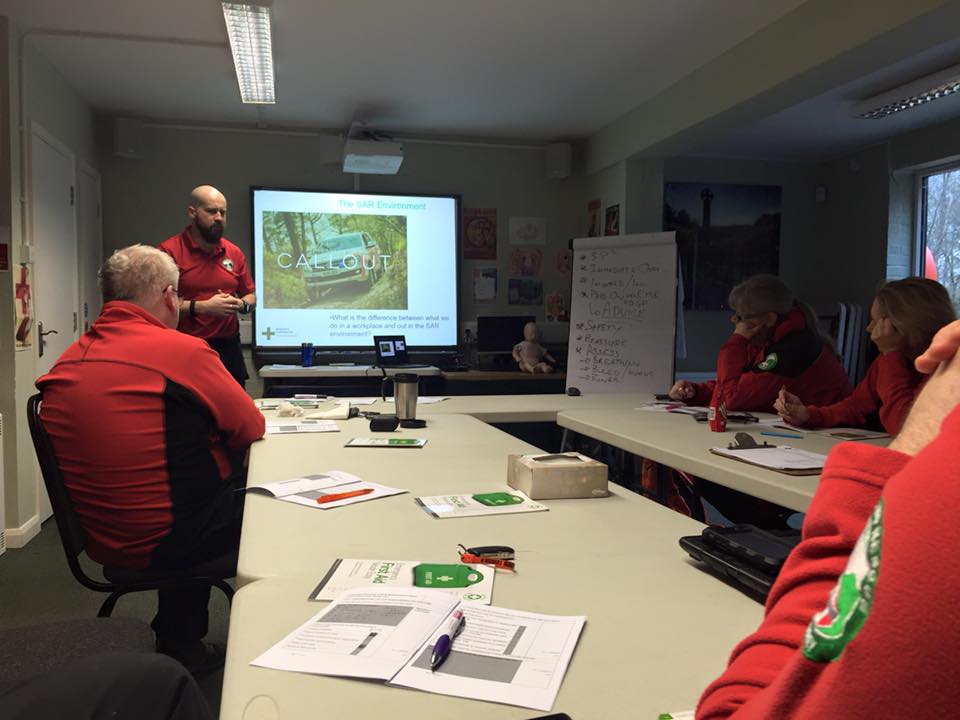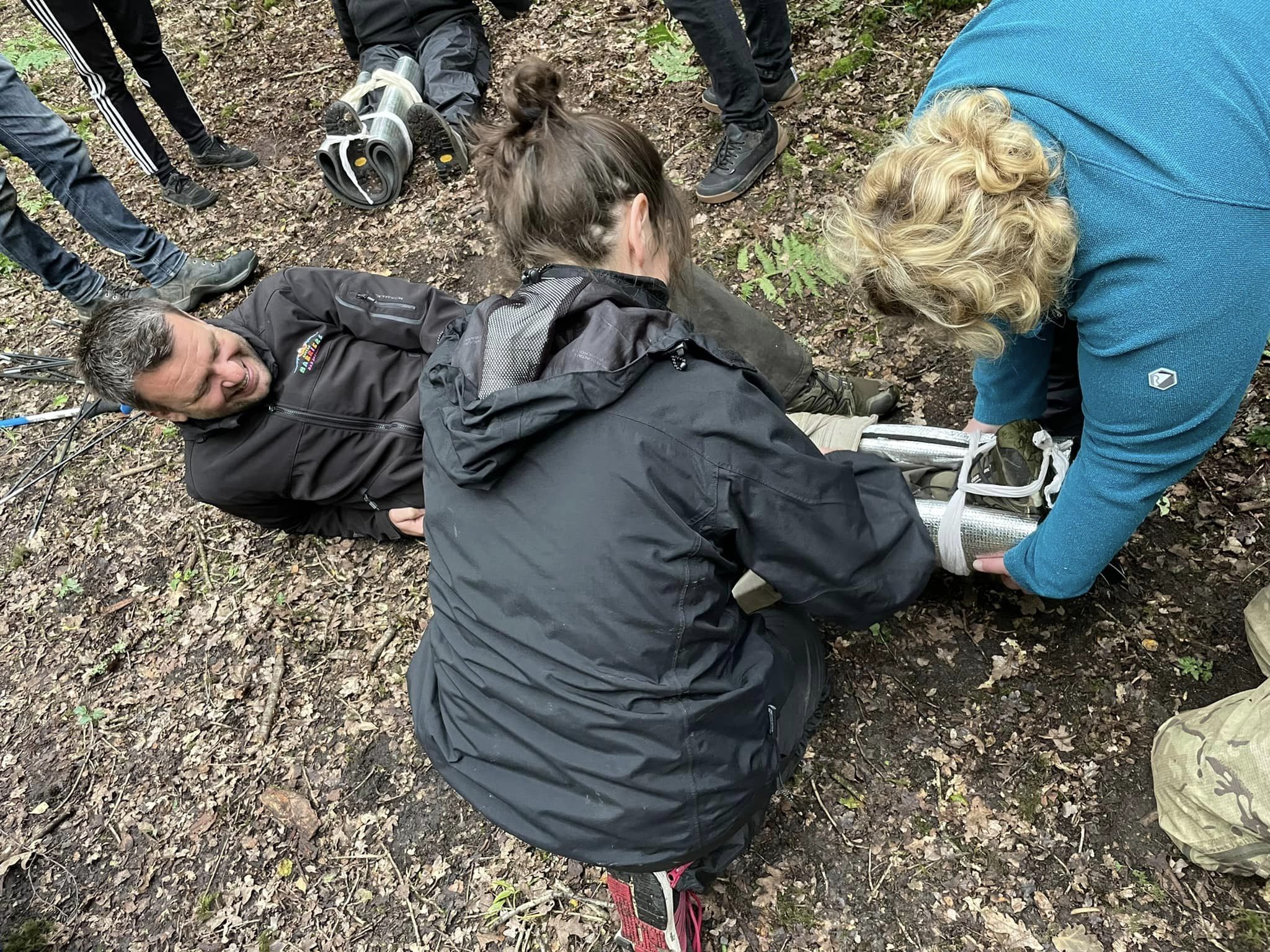Workplace injuries are an unfortunate reality, from minor cuts to more serious incidents. Knowing how to administer basic first aid can make a significant difference in reducing complications and ensuring a safe work environment. This guide covers common workplace injuries and the essential first aid steps to address them effectively.
1. Cuts and Lacerations
Cuts and lacerations are among the most common workplace injuries, particularly in environments with sharp tools or machinery.
- Clean the Wound: Rinse the wound gently with clean water to remove dirt and debris.
- Apply Pressure: Use a sterile cloth or bandage to stop the bleeding.
- Protect the Wound: Once bleeding has stopped, cover it with a sterile dressing.
- Seek Medical Attention: Deep or heavily bleeding wounds require professional care.
2. Sprains and Strains
Lifting heavy objects, slipping, or making sudden movements can result in sprains (ligament injuries) and strains (muscle or tendon injuries). The RICE method is an effective first aid response:
- Rest: Avoid using the injured area.
- Ice: Apply ice packs for 10-20 minutes every 2-3 hours to reduce swelling.
- Compression: Wrap the area with an elastic bandage to limit swelling.
- Elevation: Raise the injured limb above heart level when possible.
If the pain persists or worsens, seek medical advice.
3. Burns
Burns in the workplace may result from hot surfaces, chemicals, or electrical sources. Immediate first aid steps include:
- Cool the Burn: Run cool (not cold) water over the area for 20 minutes as soon as possible.
- Remove Tight Items: Take off rings, bracelets, or clothing near the burn site before swelling starts.
- Cover the Burn: Cover the Burn: Use a non-stick, sterile dressing such as Clingfilm or plastic wrap
- Avoid Home Remedies: Do not apply creams, butter, or ice directly to the burn.
- Seek Medical Help: Large, deep, or infected burns require professional treatment.
4. Eye Injuries
Workplaces with chemicals, flying debris, or bright lights pose a risk of eye injuries. If an eye injury occurs:
- For Chemical Exposure: Rinse the eye with clean water or saline for at least 15 minutes.
- For Foreign Objects: Do not rub the eye. Rinse with water and try to remove debris gently.
- Cover the Eye: Protect the affected eye with a sterile pad.
- Seek Medical Attention: Eye injuries should be assessed by a professional.
5. Slips, Trips, and Falls
Falls can lead to fractures, head injuries, or soft tissue damage. First aid measures include:
- Assess for Injuries: Look for fractures, sprains, or head trauma.
- Keep the Person Still: If a head, neck, or back injury is suspected, do not move the individual.
- Control Bleeding: Apply pressure to any open wounds.
- Seek Medical Assistance: Serious injuries require emergency care.
6. Repetitive Strain Injuries (RSI)
Repetitive tasks, poor posture, and inadequate ergonomics contribute to RSIs. Prevention and management strategies include:
- Recognise Symptoms: Early signs include pain, stiffness, and tingling.
- Adjust Workstations: Ensure chairs, desks, and equipment are set up correctly.
- Take Breaks: Regular breaks reduce strain on muscles and joints.
- Stretch and Strengthen: Incorporate exercises to maintain flexibility and strength.
7. Electrical Injuries
Electrical shocks can be severe and even life-threatening. In the event of an electrical injury:
- Ensure Safety First: Do not touch the injured person until the electrical source is turned off.
- Call Emergency Services: Seek immediate medical help.
- Perform CPR if Necessary: If the person is unresponsive and not breathing, begin CPR until help arrives.
- Treat Burns: Cool the affected area with water and cover with a sterile dressing.
Conclusion
Being prepared to handle common workplace injuries is essential for maintaining a safe work environment. Regular training, accessible first aid kits, and a proactive approach to safety can significantly reduce risks. While first aid is crucial in an emergency, always seek professional medical attention for serious injuries.
FAQs
Q1: What should be in a workplace first aid kit?
A standard workplace first aid kit should include sterile dressings, adhesive bandages, antiseptic wipes, scissors, tweezers, gloves, and a first aid manual. The specific contents may vary depending on workplace hazards.
Q2: How often should first aid training be conducted?
First aid training should be refreshed every three years, but workplaces with higher risks may benefit from more frequent training sessions.
Q3: What is the legal requirement for first aid in the workplace?
Employers are required to conduct a first aid needs assessment and provide adequate first aid equipment, facilities, and trained personnel as per health and safety regulations.
By equipping yourself with basic first aid knowledge, you can contribute to a safer and more responsive workplace environment.











